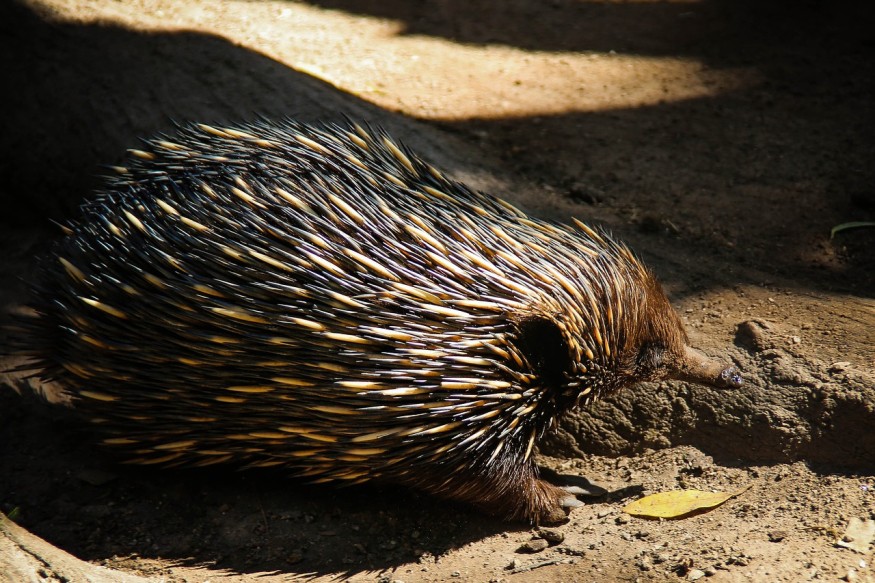Researchers from Curtin University recorded echidnas making vocal sounds, confirming their capacity for vocalization, a subject of scientific debate for years. However, these sounds are exclusive to the breeding season.

Echidnas' Rare Vocalization
Wild short-beaked echidnas (Tachyglossus aculeatus) at Dryandra National Park in Western Australia have been recorded making various sounds, such as cooing, grunting, wheezing, and exhalations. This finding challenges the previous belief that echidnas lacked auditory communication abilities, as it had not been documented in published literature.
The echidnas produced these sounds both when they were alone and when in the company of another echidna. All recorded vocalizations occurred during the breeding season, suggesting that they use vocalization selectively for specific occasions.
Curtin University researchers teamed up with colleagues from the United Kingdom (UK) to record the rare vocalizations. In a press release, researchers said they used handheld microphones and an unattended camera with a microphone placed at the entrance of a cave frequently visited by echidnas to capture these sounds.
This meticulous analysis of cooing and grunting sounds indicates that echidnas, like many other mammals, possess the ability for acoustic communication.
Acoustic communication is a widespread phenomenon among terrestrial vertebrates and has independently evolved in various animal groups, encompassing mammals, birds, geckos, crocodilians, and frogs, highlighting its significance in their lives.
Purpose of Echidna Vocalizations
The sounds produced by echidnas serve various purposes, including attracting mates, defending against threats, conveying information, maintaining social connections, and even interacting with other species, including humans.
The recent discovery of echidna sound recordings, coupled with the knowledge that platypuses, another type of monotreme (egg-laying mammal) which also produce sounds, helps settle a scientific debate regarding when early mammals began using sound for communication.
Dr. Christine Cooper, a vertebrate ecophysiologist from Curtin University, emphasizes that the ability to vocalize in both monotremes and other mammals suggests that their common ancestor likely possessed this capability. The research involved a detailed analysis of echidna sounds, demonstrating that echidnas, like most other mammals, employ acoustic communication.
These vocalizations occurred during the breeding season when echidnas were either solitary or in the company of another echidna. While the purpose and meaning of these sounds remain unknown, the fact that they were exclusively heard from adult echidnas during their reproductive activity indicates that echidnas vocalize primarily during this period.
In contrast, there is no debate surrounding the use of acoustic communication by therian mammals, which includes placental mammals like humans and marsupials. However, whether the ancestors of monotremes, such as echidnas and platypuses, utilized acoustic communication has been a subject of uncertainty.
Dr. Cooper's findings affirm that acoustic communication through sound likely originated 100 to 200 million years ago, predating the divergence of monotremes from other mammalian lineages.
The findings of the study, titled "Sound production by the short-beaked echidna (Tachyglossus aculeatus)," were published in the journal Zoological Society of London.
RELATED ARTICLE:
Starlings Vocalize More Than Initially Thought; Bird's Singing Ability Linked to Brain Development
Check out more news and information on Animals in Science Times.
© 2026 ScienceTimes.com All rights reserved. Do not reproduce without permission. The window to the world of Science Times.











